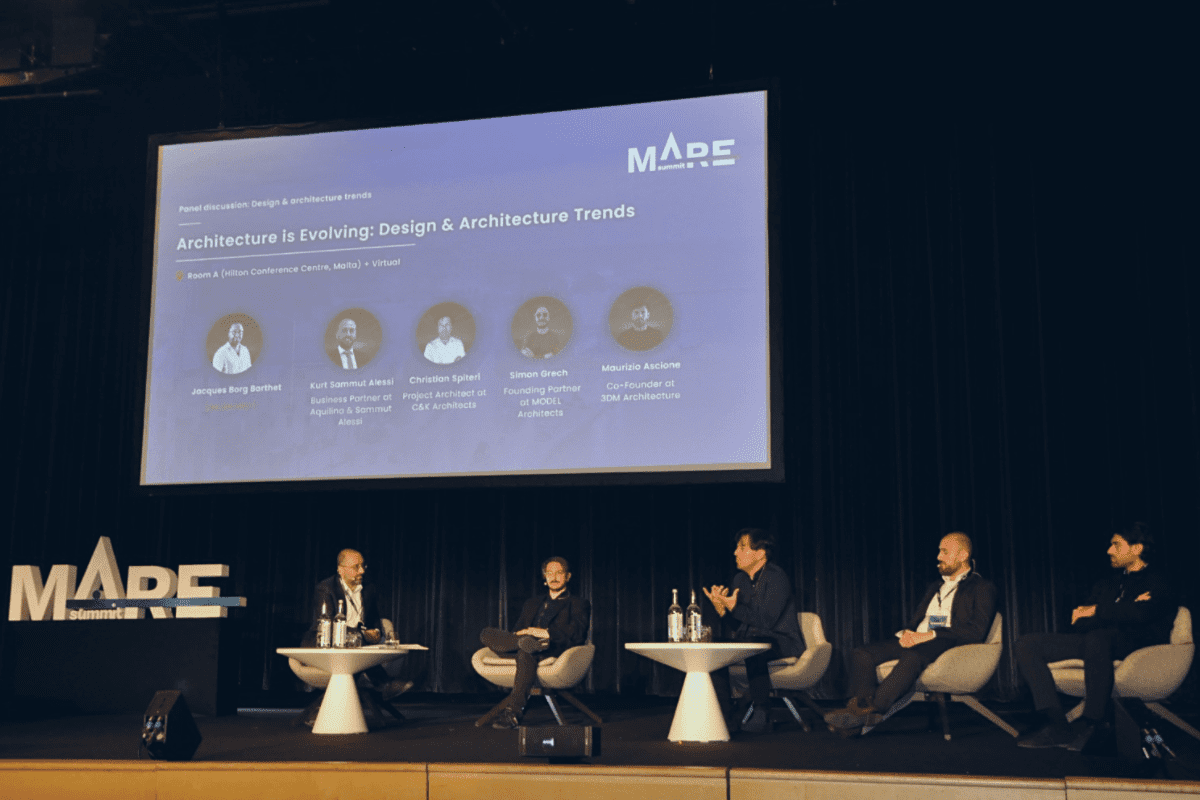Panel discussion: Architecture new trends
Description
Recent developments in architecture and design are characterised by market and regulatory changes overlaid onto evolving considerations regarding environmental performance and responsiveness to societal requirements.
While the nature of construction often means that the architecture industry moves slightly slower than others, these challenges require responses that are timely and innovative as well as a referral to that which has always been relevant and substantial.
What more can we expect to see this year in architecture and design?
Description
Recent developments in architecture and design are characterised by market and regulatory changes overlaid onto evolving considerations regarding environmental performance and responsiveness to societal requirements.
While the nature of construction often means that the architecture industry moves slightly slower than others, these challenges require responses that are timely and innovative as well as a referral to that which has always been relevant and substantial.
What more can we expect to see this year in architecture and design?
Speakers
- Kurt Sammut Alessi – Business Partner at Aquilina and Sammut Alessi
- Christian Spiteri -Project Architect at C and K Architects
- Simon Grech – Founding Partner of MODEL
- Maurizio Ascione – Co-Founder at 3DM Architecture
Moderator: Jacques Borg – Director of Practice at AP Valletta
Conference Insights
It is a dynamic period for architecture and design. Market conditions are, however, going to become increasingly challenging, particularly in terms of an expected inflationary period.
Increasing considerations regarding site management will be largely ineffectual until much better regulation of the construction sector comes into play. There is increasing emphasis being put into environmental performance of buildings and their contribution to planetary emissions, both during construction and use.
The EU has put into motion two key frameworks:
- The European Green Deal, which seeks to transform the EU into a modern, resource-efficient, competitive, and climate-neutral economy by 2050.
- The New European Bauhaus, which seeks to inspire a movement to facilitate and steer the transformation of our societies along the values of sustainability, aesthetics, and inclusion.
The ultimate goal of architecture is to deliver beautiful places that are responsive to people’s needs and that support their quality of life.
Architecture: timeless, yet marching forward
A distinction should be made between construction technology and architecture. Whereas the solutions of the former move forward at great speed, the ones from the latter are timeless. There is no fashion or trendiness when it comes to art. There is a dichotomy between countries working on cutting edge technologies related to architecture (smart cities, robotics, AI), and others which struggle with basic building technologies, such as insulation.
The move towards more sustainable architecture is bringing us back to more regional and contextual approaches. Architects and developers are moving closer to understand materiality and the idea of existing spaces. Rehabilitation of existing buildings goes in line with reducing the carbon footprint of buildings.
Culture shift
Technical policies that have been enacted suffer from a disconnect between stated objectives and real, on-site conditions. Operators are unable to perform basic procedures, such as applying insulation.
Efforts shall be made to overcome the natural human instinct of passivity in face of things that do not affect them directly. They must be incentivized to do so. In recent years, there have been a lot of grants for consumers but, instead of adopting a global view, they always focus on specific aspects.
The elephant in the room remains and people are unaware of the existence of a movement that strives for change.
Architects are, in essence, problem solvers. Other industries could adopt their mindset on how to approach problems. They are, however, pressed for time, which limits their ability to explore and introduce new technologies into their design processes. Their practice is also a constant battle with regulators, contractors, and clients.
Spaces we inhabit: physical and virtual
The pandemic has had positive and negative effects. One of the positive effects is that it has made people realise that our own actions can materialise into effective change. The need to stay indoors has also increased the demand for well-built properties that try to strike a better balance between internal and external spaces. The negative aspect is that people are more isolated, which can breed passiveness.
70% of cities consist of residential buildings. No matter how exciting the development of technology is when it comes to virtual spaces, socializing is, and will remain, a basic human need. Restaurants and working spaces will remain a necessity.
Updates and further information about the summit’s developments can be followed on the official blog and on its social media channels.






